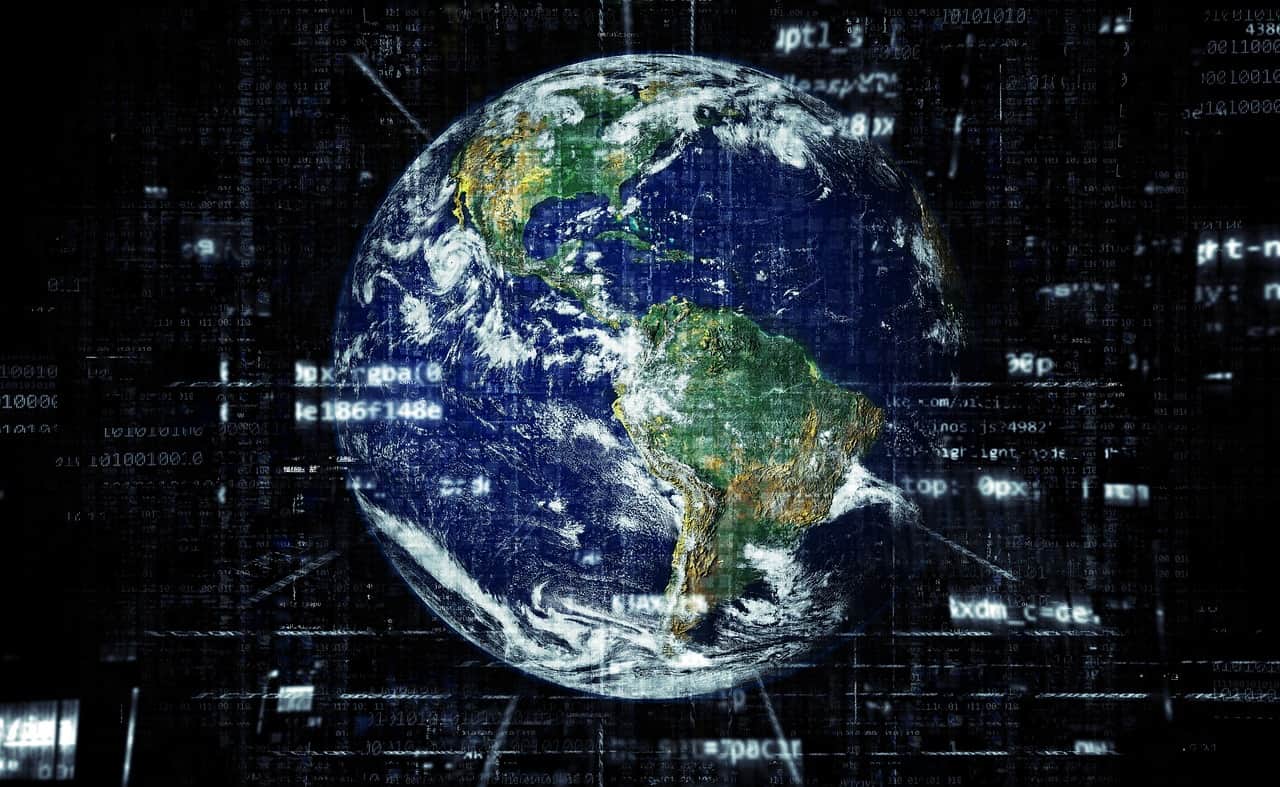
As the internet marks its 40th anniversary, French research institute Inria revisits its birth and evolution with Gérard Le Lann, a pioneer in the field and emeritus director of research at Inria.
Born from ARPANET, a US military research project in 1958, the internet has come a long way since its inception, Le Lann explains. Key events include the development of packet-switching networks, the creation of the ARPANET project, the invention of TCP/IP protocols, and the eventual separation of ARPANET into MilNet and the internet in 1983. Today, the internet faces challenges in cybersecurity, privacy, AI, and digital sovereignty. With 25 percent of underwater cables (accounting for 90 percent of intercontinental internet traffic) owned by tech giants, ensuring the safety and privacy of information remains a top priority.
The Cold War and the birth of ARPANET
The internet’s origin story can be traced back to 1957 when the Soviet Union launched Sputnik, the world’s first artificial satellite. This event sent shockwaves through the United States, sparking concerns about the USSR’s technological advancements and potential nuclear threats. In response, the US government established the Advanced Research Projects Agency (ARPA) in 1958 to promote research for military applications.
One of ARPA’s early projects aimed to develop an interconnecting network of computers, inspired by Joseph Licklider’s work. The Rand Corporation, an R&D centre, recruited engineer Paul Baran to research this concept further. Between 1960 and 1964, Baran worked on breaking down messages into packets and reassembling them upon arrival, laying the foundation for packet-switching networks.
Creating a nationwide network
In 1967, Larry Roberts, programme director at ARPA, launched the ARPANET project with the ambitious goal of creating a packet-switching network spanning the entire USA. This network aimed to enable communication between computers on opposite sides of the country. However, implementing this idea required tackling a new problem: creating an end-to-end protocol that would control data packet transmissions for both sending and receiving computers connected to the network.
Gérard Le Lann, who joined Iria (a predecessor to Inria) in 1972, started exploring this subject by creating a “Networks” team in Rennes, France. He closely monitored the work of North American pioneers like Robert Kahn, Vint Cerf, Alex McKenzie, and Steve Crocker.
Setting the stage for Silicon Valley
Le Lann’s research led to the development of the “sliding window” mechanism, which controlled errors and flows during message exchanges. In March 1973, he presented his findings to Vint Cerf, who invited him to join his research team at Stanford University for a year. During this time, Le Lann and his colleagues realised the potential of their communication system to be more than just a means for researchers to exchange messages, marking the dawn of Silicon Valley.
Together, these pioneers developed the TCP and IP protocols, which are still in use today. Gérard Le Lann compares these protocols to shipping: data packets are like containers, IP is responsible for transporting the containers from their port of departure to their port of arrival, and TCP handles port resources, traffic, and losses along the way.
The birth of the internet
In 1983, the US Department of Defense decided to split ARPANET into two parts due to concerns about civil and military computers, including those from overseas, communicating via ARPANET. The military segment was named MilNet, while the civilian portion was called the internet. This marked the official birth of the internet on January 1st, 1983.
Since then, the internet has given rise to countless innovations, including the World Wide Web, distributed consensus algorithms, the internet of Things, and the interplanetary internet. Today, it is an integral part of everyday life for billions of people worldwide.
Current challenges and the future of the internet
As the internet continues to evolve, it faces numerous challenges, including cybersecurity, privacy, AI, and digital sovereignty. With a quarter of all underwater cables, which account for 90 percent of intercontinental internet traffic, owned by GAFA (Google, Apple, Facebook, and Amazon), ensuring the safety and privacy of information is crucial.
Although the pioneers of the internet could not have foreseen all these challenges, it is now up to today’s researchers and engineers to find solutions and shape the future of this revolutionary invention. The internet’s journey over the past 40 years has been remarkable, and its story is far from over.

